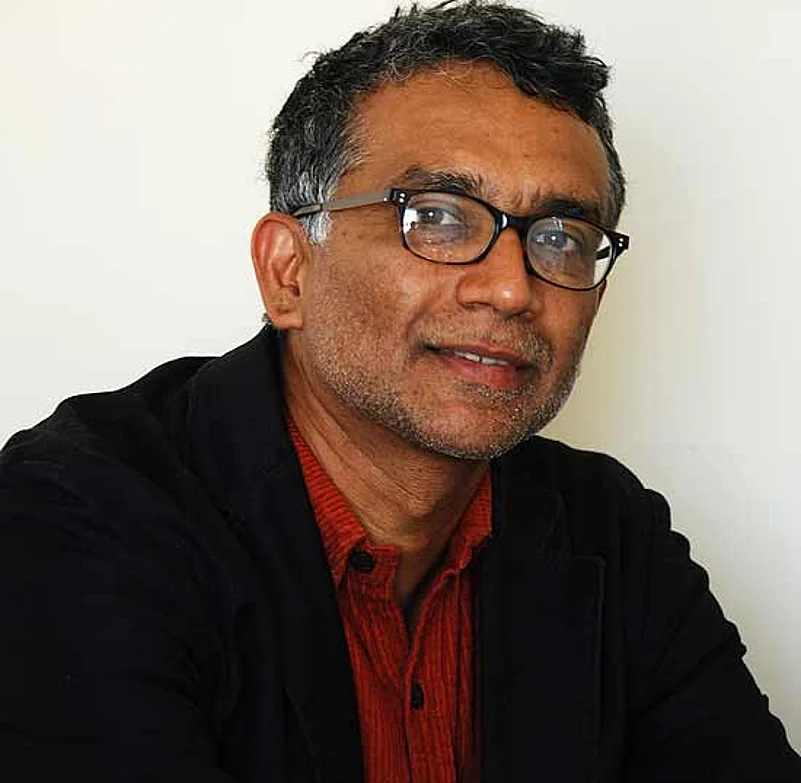Does the Physics Journalism Prize mean a lot to you professionally?
I love writing about physics, about experiments in remote, extreme locations on earth. The award is an honour I appreciate very much.
What is your book Edge of Physics about?
It is about experimental physics in pristine locations. It's written as a travelogue on various telescopes and detectors in places like the Atacama Desert, Lake Baikal in Siberia, the South Pole. Also, about cutting-edge experiments in cosmology, astroparticle and particle physics.
How is science journalism doing?
Science journalism is a significant aspect of journalism, especially in the West.
Why do physicists want to build large radio telescopes?
It's necessary because we want to delve deeper into the cosmos and further back in time, to understand how the universe evolved. Radio telescopes allow us to study the universe in ways that optical telescopes can't.
What do you plan to do in Japan?
I'll visit some of the physics experiments being undertaken in Japan, particularly ones that involve subatomic particles or neutrinos.
Do you write fiction too?
I love writing, so besides the science, there's the joy of putting what I learnt to words. I have written fiction before, but mainly short stories.
Who's been your greatest inspiration?
Science writers Lewis Thomas and Steven Weinberg; many others have also inspired me.
What's the kind of research being done in physics in India?
Plenty, but India is strong in radio astronomy and theoretical physics, such as string theory.
Other passions?
Pottery. I'm good at the potter's wheel.
Future plans?
Writing more.
















